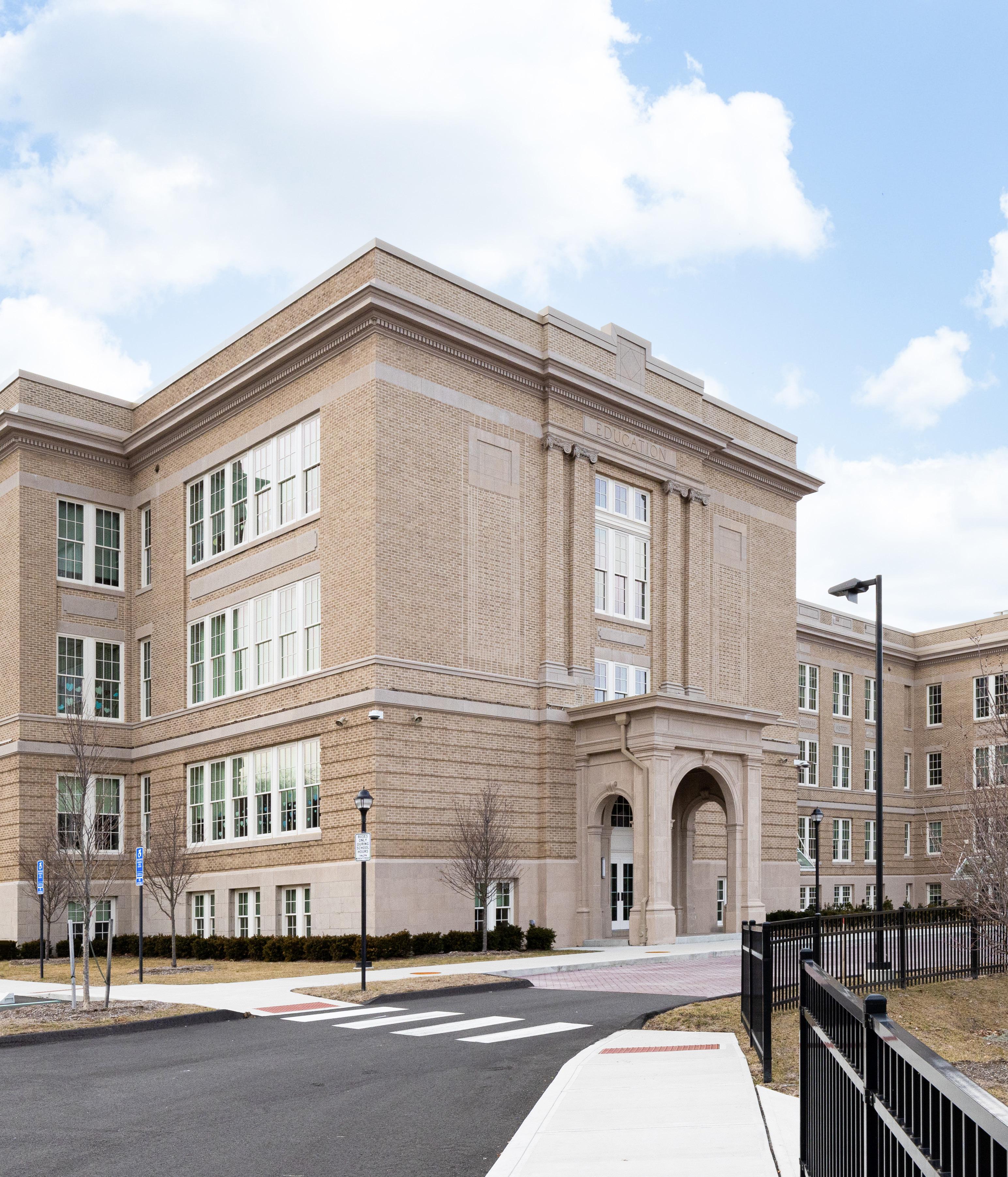

A Pathway to Excellence
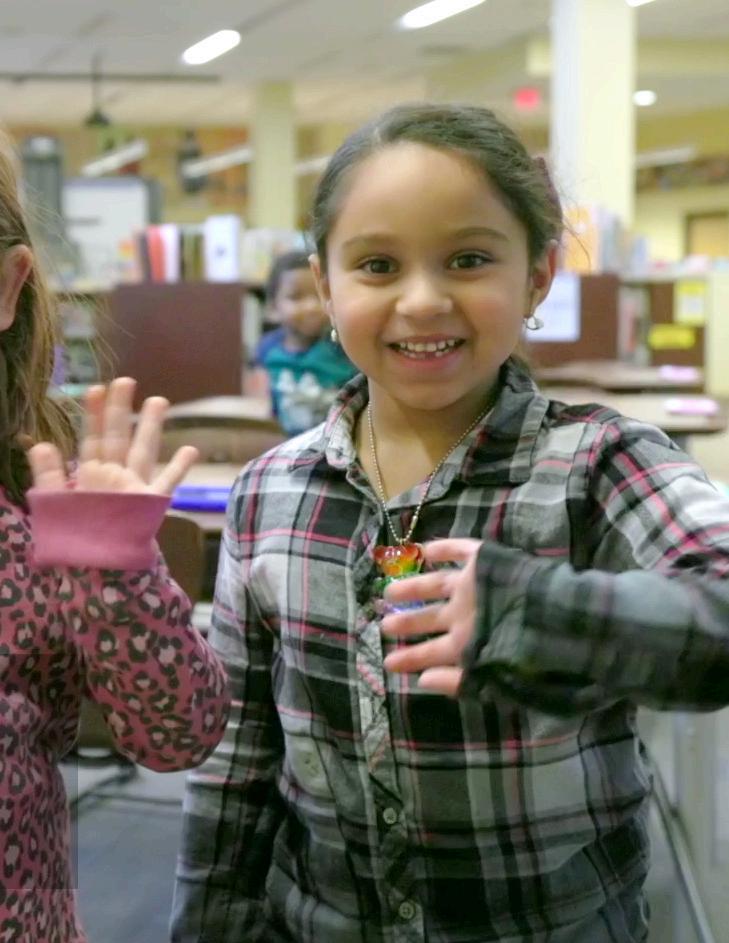
2025 2030 -
Letter from the Superintendent and Deputy Superintendent
CatherineM. Carbone,
Ed.D. Superintendent of Schools MichaelDietter, Ed.D.
Deputy Superintendent of Schools
Dear BPS Family,
We are very excited to share our district’s strategic plan for 2025-2030 entitled A Pathway to Excellence! This plan outlines our entire strategic planning process; new district priorities, focus areas, and indicators of success; and major accomplishments of our scholars and staff over the past five years (2019-2024). Every five years, it is important to evaluate our progress, set new goals, and prioritize what is most important to our district for the next five years. We would like to take a moment to thank our Central Office team — Lynn Boisvert, Brian Burke, Dr. Kimberly Culkin, Carly Fortin, Peter Fusco, and Amy Martino — as well as our families, administrators, teachers, and staff that provided guidance and feedback throughout the process.
Our continued focus on knowing each scholar by name, strength, story, and need will help us create positive school and classroom learning environments in which students are supported and rise to clear and challenging expectations. The support of our families, teachers, and staff will continue to raise the bar for a well-rounded student experience, both inside and outside of our classrooms, and sustain our BPS legacy. As we continue to move toward becoming a District Model of Excellence, we will align all of our actions and innovations to the following new District Priorities:
• Future-Ready and Globally Prepared
• Developing and Supporting the Whole Child
• Family and Community Engagement
• Innovative and Strategic Operations
As always, thank you for your continued support and we look forward to what lies ahead and know that the future is extraordinarily bright for our district.
In partnership,
 Catherine M.
Catherine M.
Carbone,
Ed.D. Superintendent of Schools Michael Dietter, Ed.D. Deputy Superintendent of SchoolsMajor Accomplishments 2019-2024
• Bristol Central and Bristol Eastern Continue to Rise in U.S. News Best High School Rankings
• Ivy Drive, Ellen P. Hubbell, and Mountain View Named Connecticut Schools of Distinction
• Greene-Hills Named CAS 2022 Exemplary Middle School of the Year and Exemplary Climate Award Recipient
• Ellen P. Hubbell Named CAS 2022 Exemplary Elementary School of the Year and Exemplary Climate Award Recipient
• All K-8 and Middle Schools Recorded Higher Growth Rates and Average Percentage Targets Achieved Than the Average for the State of Connecticut in ELA
• All Elementary Schools Exceeded the Average for the State of Connecticut Performance and Surpassed Pre-Pandemic Levels
• Carolyn Kielma Named 2023 Connecticut Teacher of the Year and National Teacher of the Year Finalist
• Leading Nonprofit KultureCity and BPS Announced Nation’s First Ever Districtwide Partnership
• BPS Received a Best Communities for Music Education Award for 9th Year in a Row
• Bristol Central Boys Basketball Won 2020-2021 CIAC Division II State Championship and Donovan Clingan Named 2-Time Connecticut Gatorade Player of the Year
• Bristol Arts and Innovation Magnet School Opened for 2022-2023 School Year
• Edgewood Pre-Kindergarten Academy Opened for 2023-2024 School Year
• First BPS Rebrand in Decades Launched for 20222023 School Year
• BPS Garnered CABE Bonnie B. Carney Awards of Excellence for Educational Communications for Newsletter (2022) and Annual Report (2023)

What Is Strategic Planning?
Strategic planning is the process of setting priorities and goals, deciding on actions to achieve those goals, and

District Priorities
Focus group and survey data was analyzed to identify broad themes across each question and brought to the Strategic Planning Steering Committee for further analysis, synthesis, and planning. The Strategic Planning Steering Committee — composed of students, teachers, principals, Board members, and Central Office staff — met several times to 1) review the themes determined from focus group and survey data; 2) identify and synthesize priorities based on the identified themes; and 3) draft strategic actions that correspond to the stated priorities. The Steering Committee created a first draft of district priorities and key actions and sought feedback on priorities from the community using ThoughtExchange.
As a result of this process, the following priorities were identified for inclusion in the BPS Strategic Plan 2025-2030:
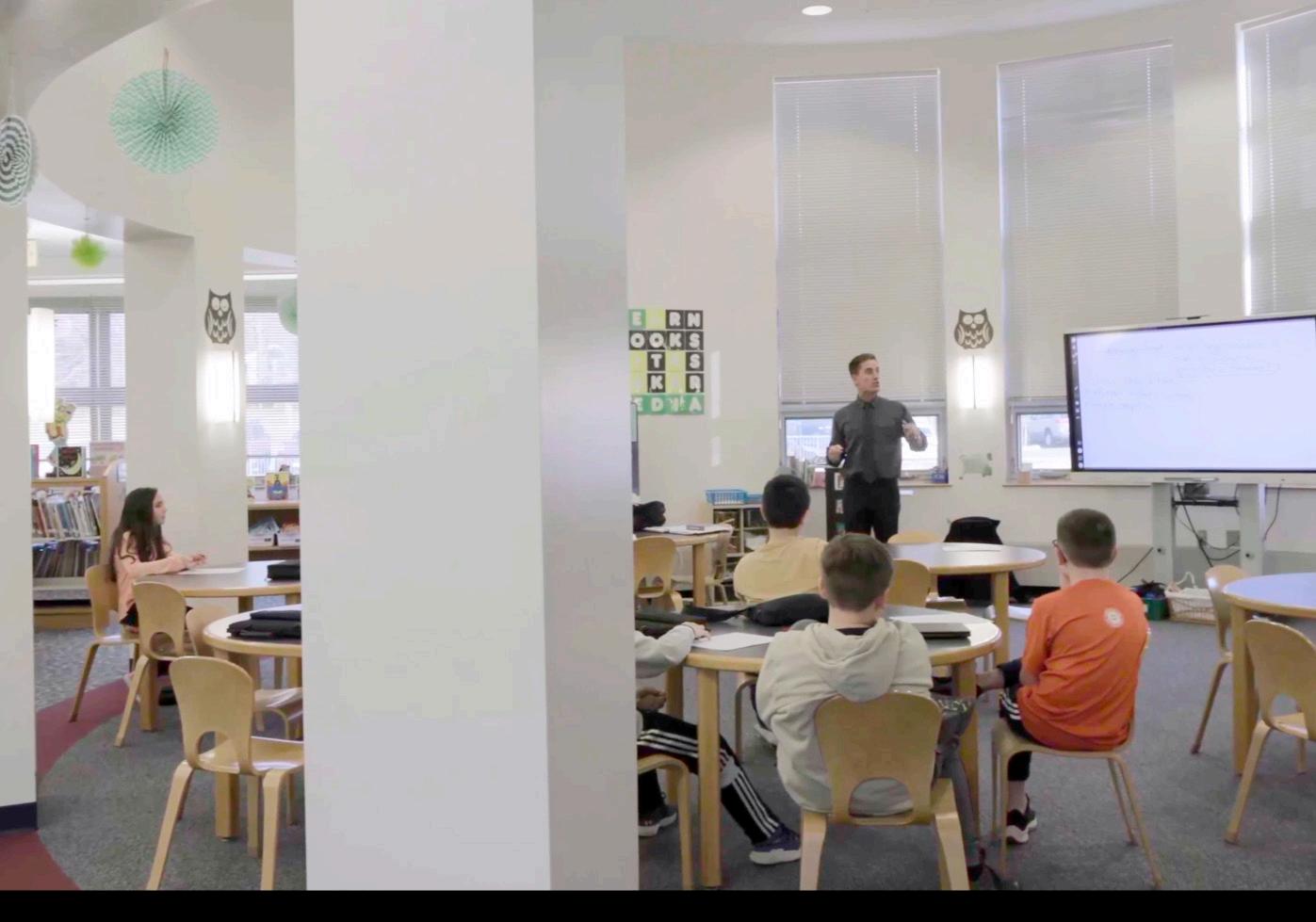
Priority 1: Future-Ready and Globally Prepared
The BPS learning community will engage in high-quality learning experiences to enhance and expand academic knowledge, skills, and dispositions to prepare them for life in a rapidly changing society.
Priority 3 : Family and Community Engagement
BPS will maintain and nurture positive relationships and communication with families that strengthen student learning, social competencies, and health and emotional well-being.
89% agree and strongly agree Priority 1 is important
91% agree and strongly agree Priority 3 is important
Priority 2: Developing and Supporting the Whole Child
BPS will ensure an inclusive environment that eliminates access and achievement gaps and ensure all individuals — regardless of race, ability, religion, ethnicity, language, socioeconomic status, gender, gender identity, or sexual orientation — are valued and empowered to develop agency within and beyond their school experience.
90% agree and strongly agree Priority 2 is important
Priority 4: Innovative and Strategic Operations
BPS will ensure all students and staff have the necessary resources to achieve excellence by recruiting, developing, and retaining highly skilled and diverse staff and that our facilities foster a safe, equitable, and innovative learning environment.
85% agree and strongly agree Priority 4 is important
Board of Education
Mission
Teach & Learn with Passion & Purpose
Excellence Inclusivity
Trust
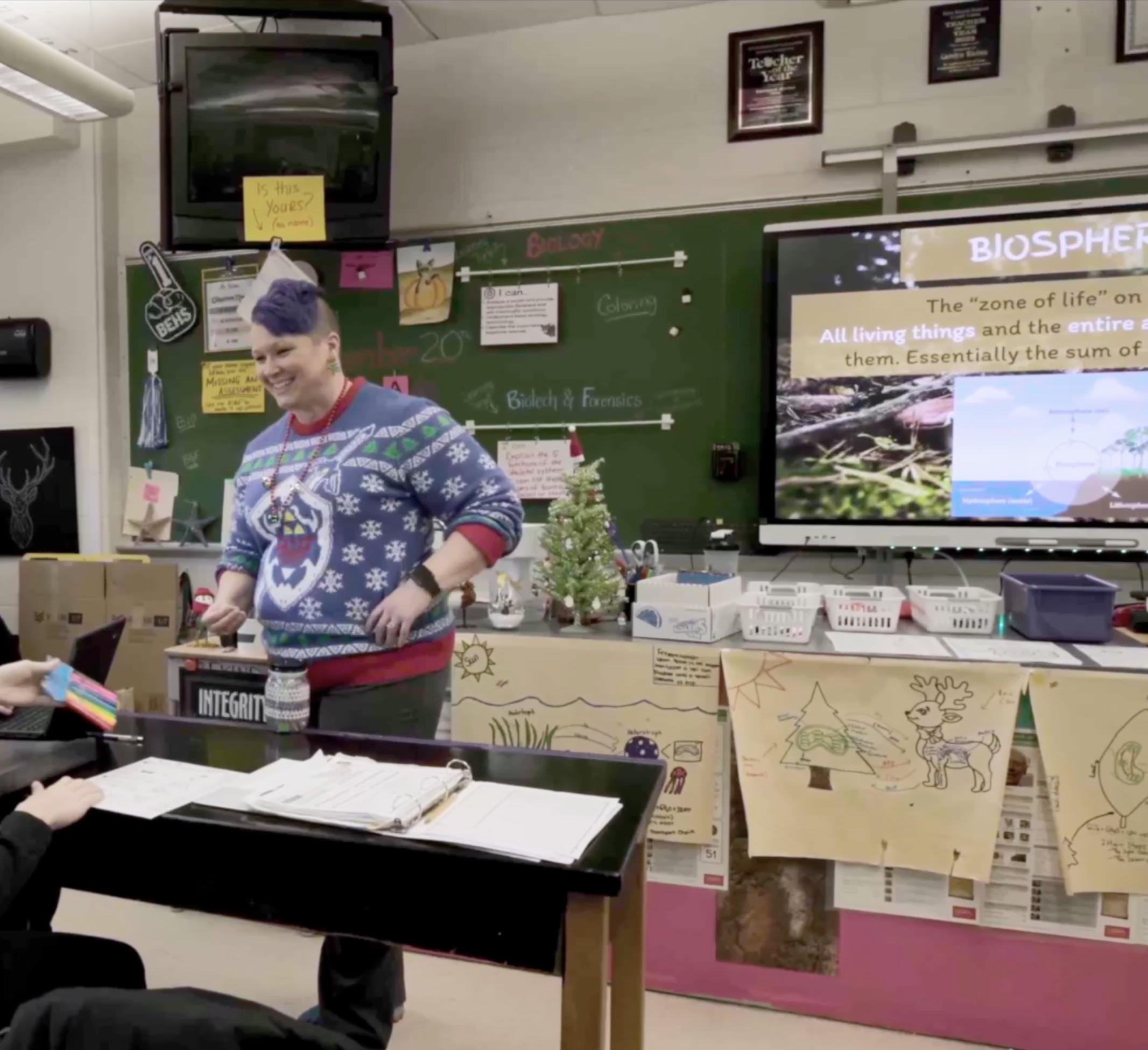
Priority 1: Future-Ready and Globally
Prepared
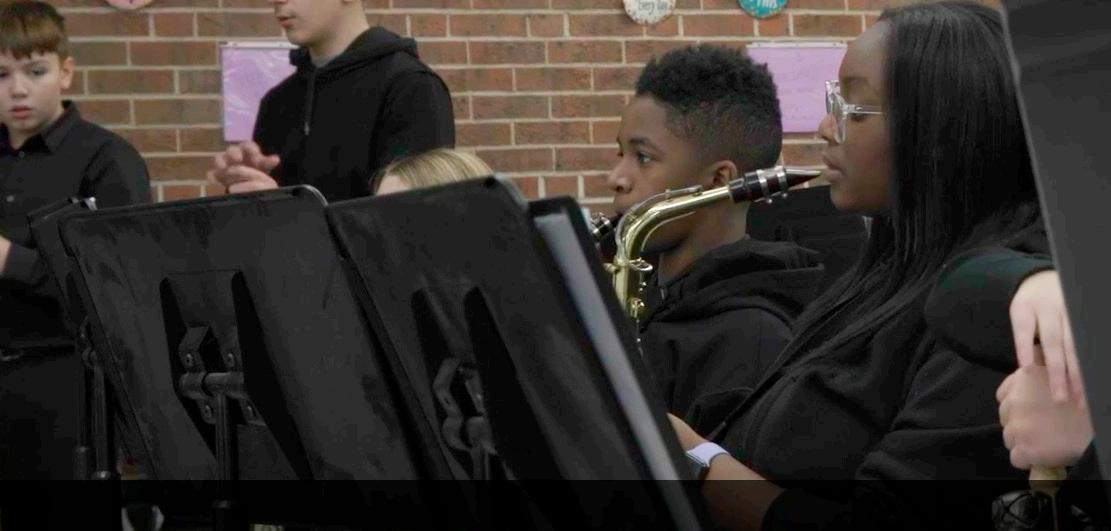
The BPS learning community will engage in high-quality learning experiences to enhance and expand academic knowledge, skills, and dispositions to prepare them for life in a rapidly changing society.
Focus Areas
A. Refine how students learn from elementary to college entrance by focusing on their individual interests and providing students with more engaging instruction and diverse paths to succeed in life.
a. Create and implement student-owned portfolios that include student-owned goals and plans to achieve them.
B. Enhance financial literacy, life skills, and transitional skills to support self-sufficiency after high school graduation.
a. Implement a financial literacy graduation requirement.
b. Develop comprehensive transition plans for all students.
c. Develop a supplemental life skills enrichment academy for after-school and summer school for secondary students.
C. Expand systems to ensure all students (PK-12) have access to academic and enrichment opportunities, including curricula that provide the opportunity for world language learning, acceleration, advanced learning, and/or college credit or certification, as well as career-based student internships.
a. Expand world language courses to a greater number of students in the middle grades.
b. Increase the number of Pre-K seats to meet the needs of our community.
c. Continue the implementation of systematic and explicit literacy instruction.
d. Ensure all middle schools develop scheduling that increases instructional time, supports the whole child, and embeds supports in an inclusive environment.
i. Implement AVID school-wide strategies across all teams at the middle level.
e. Increase career pathways leading to college credit or certification.
f. Increase challenge by offering choice courses at the secondary level and reduce barriers such as grade prerequisites to the most challenging coursework.
D. Develop highly effective teaching and leadership in every classroom, school building, and Central Office department that is consistent with the BPS Equity through Excellence Framework and the model of high-quality instruction (North Stars).
a. Revise and implement educator and administrator evaluation and professional learning plans to ensure highquality instruction and leadership.
Indicators of Success
By 2030, 78% of BPS students will enroll in a 2- or 4-year college, decreasing the gap between high-need, special education, and non-high need scholars.
By 2030, 92% of BPS students will graduate on-time, showing a rise in achievement of highneed and special education students.
By 2030, 97% of BPS students will have taken a college credit-bearing course or have had a career experience while in high school.
By 2030, 92% of Grade 9 students will be considered on track for graduation, showing a rise in achievement of high-need and special education students.
By 2030, 65% of BPS Grade 8 students will demonstrate the skills needed to be successful in Algebra, showing a rise in achievement of high-need and special education students.
By 2030, 75% of BPS Grade 3 students will reach grade-level proficiency in reading, showing a rise in achievement of high-need and special education students.
By 2030, increase the number of students enrolled in a world language class at the middle level by 5% annually.
By 2030, increase access to PreKindergarten Academy seats from the 2024 baseline of 305.
By 2030, all high school graduates will earn credit in financial literacy.
By 2030, all students who enroll in the “life skills academy” will successfully complete the program.

Priority 2: Developing and Supporting the Whole Child
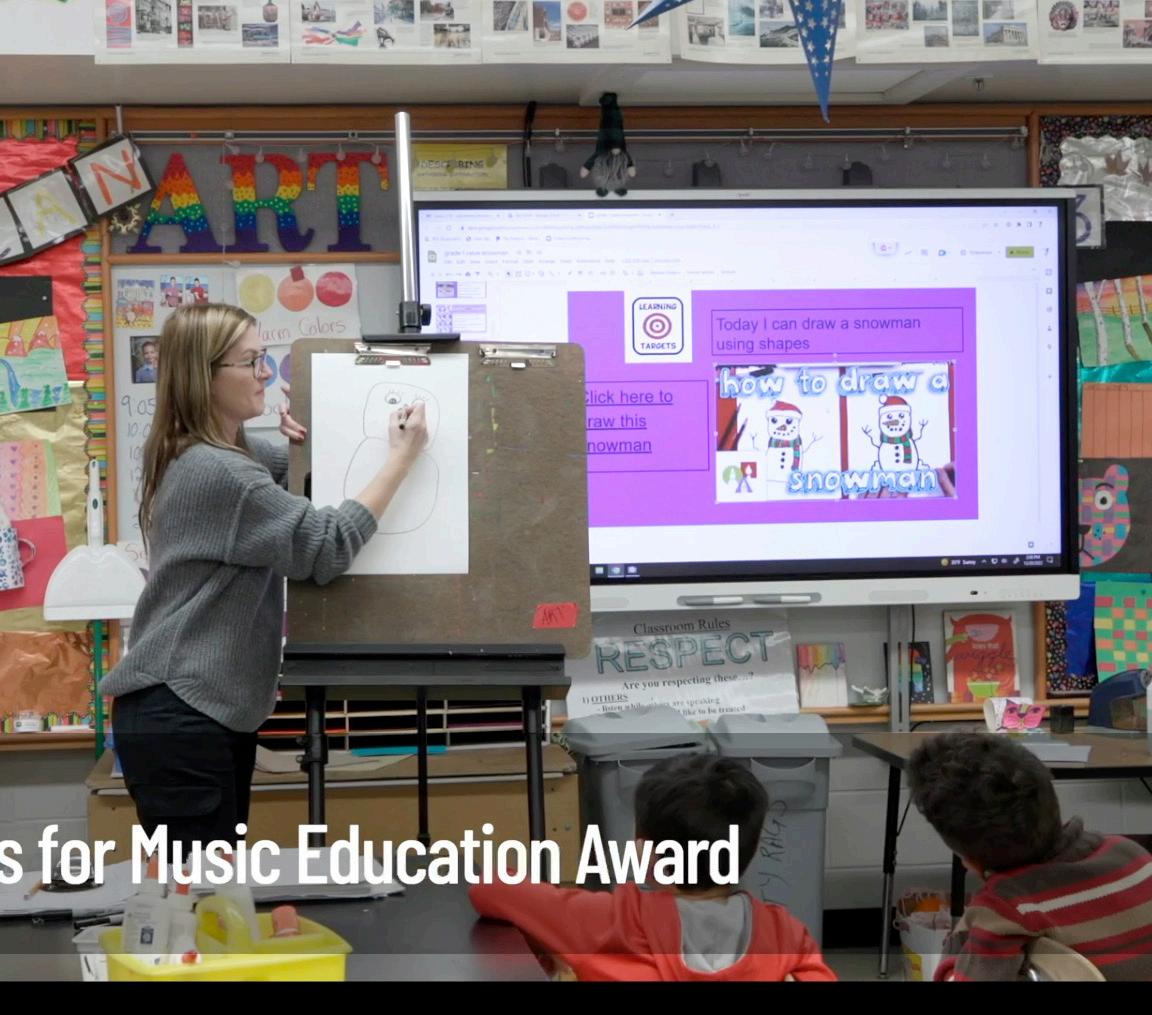
BPS will ensure an inclusive environment that eliminates access and achievement gaps and ensure all individuals — regardless of race, ability, religion, ethnicity, language, socioeconomic status, gender, gender identity, or sexual orientation — are valued and empowered to develop agency within and beyond their school experience.
Focus Areas
A. Use the BPS Equity Statement core beliefs and actions to expand structures and processes for all students to develop positive relationships with caring adults who know them by name, strength, story, and need.
B. Promote physical wellness, arts exploration, and SEL for all students and staff.
C. Develop students’ agency to be responsible, socially just stewards of their community both locally and globally.
D. Celebrate students’ linguistic and cultural strengths to create authentic relationships in the classroom and the community.
E. Ensure all schools are organized as community schools to optimize the use of resources for the enhancement of student success.
a. Establish health, mental health, and after-school enrichment networks to support childrens’ well-being, while eliminating obstacles to their learning.
b. Connect families and caregivers to a coordinated system of services across partner organizations.
Indicators of Success
By 2030, all BPS Grades 6-12 students will have a comprehensive SSP that includes career and personal interests and identifies a person who offers support and guidance.
By 2030, all graduates of BPS will have participated in community service or community partnership opportunities.
By 2030, all K-5 schools will be considered “community schools” with access to health care, wrap-around support, and before/after care with multiple community providers.
By 2030, 91% of students will attend school regularly, decreasing the gap between high-need, special education, and non-high need scholars.

Priority 3: Family and Community Engagement
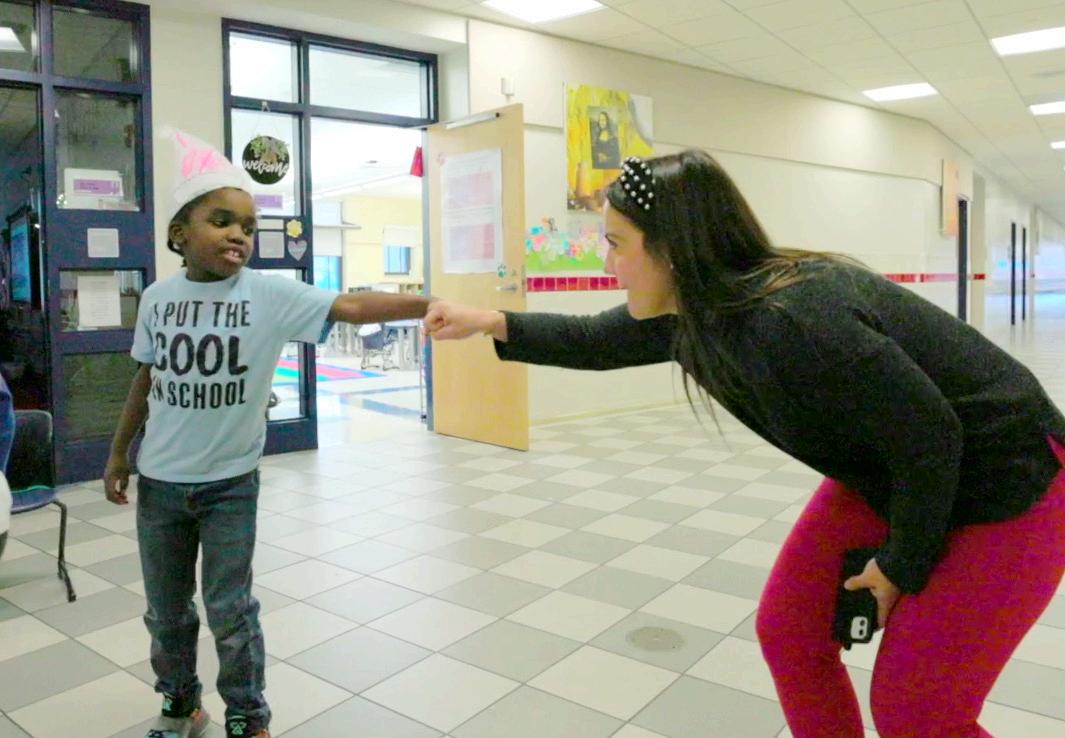
BPS will maintain and nurture positive relationships and communication with families that strengthen student learning, social competencies, and health and emotional well-being.
Focus Areas
A. Foster current and cultivate new community partnerships to better utilize community resources and enhance learning experiences for students.
B. Train leaders and teachers in strategies to support learning at home and in the community.
C. Strengthen connections between school and families by increasing the number of high-interest activities and organizing events that address the needs of specific student groups (e.g., newcomers, students in special education or gifted programs, English Learners, etc.).
D. Leverage parents’ funds of knowledge, linguistic, and cultural strengths to create authentic relationships with school and home.
E. Streamline communication practices to ensure timely and consistent messaging with all staff, students, families, and community members.
Indicators of Success
By 2030, 80% of parents, staff, and students will participate in the bi-annual school climate survey.
By 2030, 90% of families will respond positively to questions 6-9 in the “barriers to engagement” component of the bi-annual climate survey.
By 2030, 88% of students will report favorably on “sense of belonging” on the bi-annual climate survey.
By 2030, one school team per school and the district team will be trained in evidence-based strategies to support learning at home and in the community.
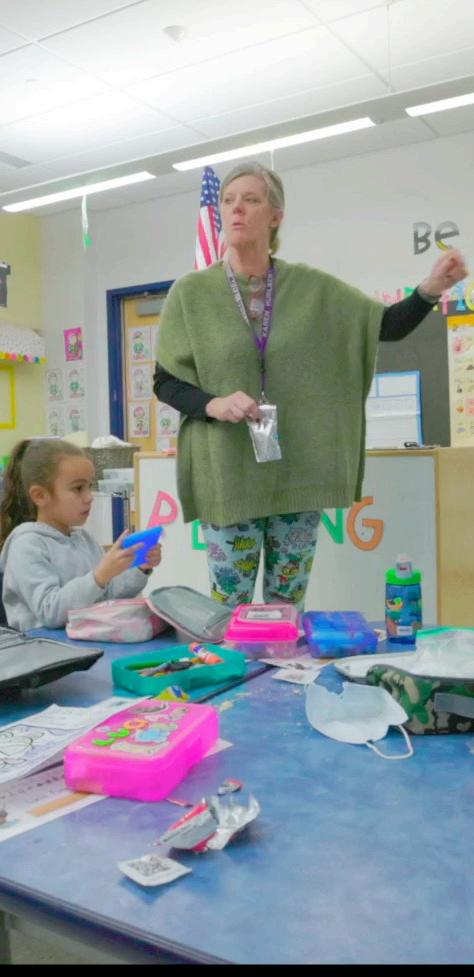
Priority 4: Innovative and Strategic Operations

BPS will ensure all students and staff have the necessary resources to achieve excellence by recruiting, developing, and retaining highly skilled and diverse staff and that our facilities foster a safe, equitable, and innovative learning environment.
Focus Areas
A. Recruit, develop, and retain a diverse, culturally proficient, and highly skilled workforce that reflects BPS student demographics.
a. Design professional pathways that expand the skill sets and career opportunities for all staff that allow them to grow within BPS.
B. Secure and utilize all necessary/available resources to enhance facilities in a service-oriented and cost-effective manner.
a. Ensure that policies and protocols maximize efficiency and serve equity and excellence while reducing costs.
b. Maintain crisis management and communication best practices to ensure all students and staff are safe and secure in any crisis situation.
C. Invest in technology infrastructure and resources to amplify learning strategically, consistently, and equitably.
Indicators of Success
By 2030, BPS will implement a multitiered recruitment and retention Talent Development Plan to ensure certified and non-certified staffing represents the demographics of our school and community.
By 2030, BPS will fully execute the “BPS Reimagination 2023 Plan” for facilities and operations to ensure students meet clear and challenging expectations in wellappointed schools, informed by current and projected enrollment.
By 2030, all school buildings will be compliant and meet or exceed standards outlined in the Tools for Schools facility program.
By 2030, BPS will develop a comprehensive 5-year technology plan that outlines infrastructure, financial, and educational actions needed to support our scholars.
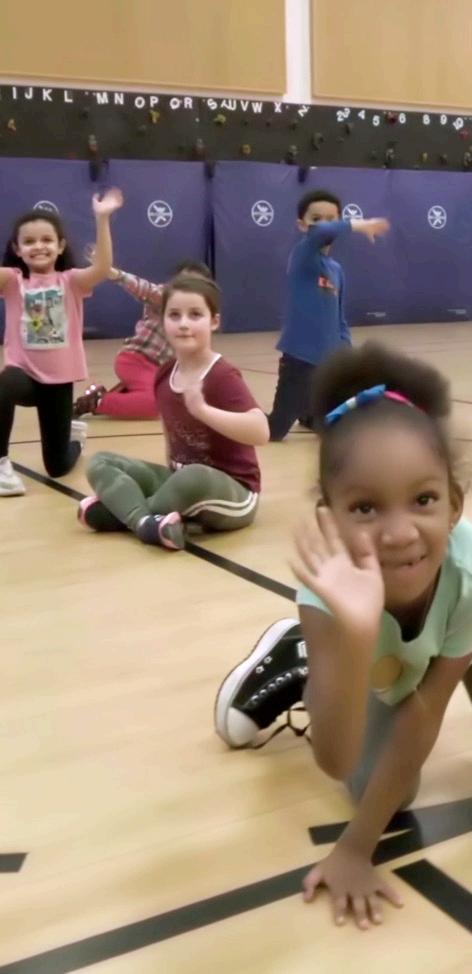
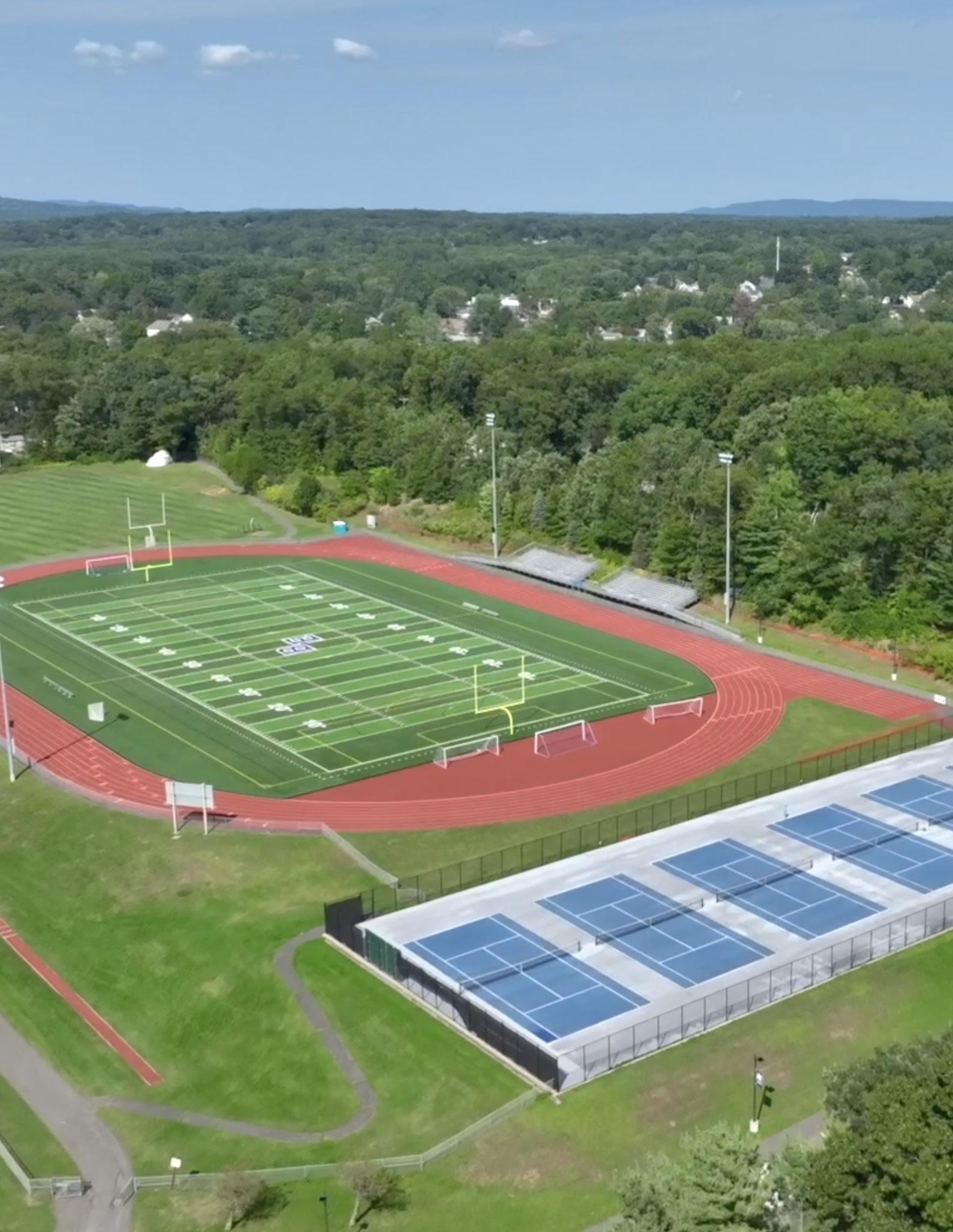
www.bristol.k12.ct.us
